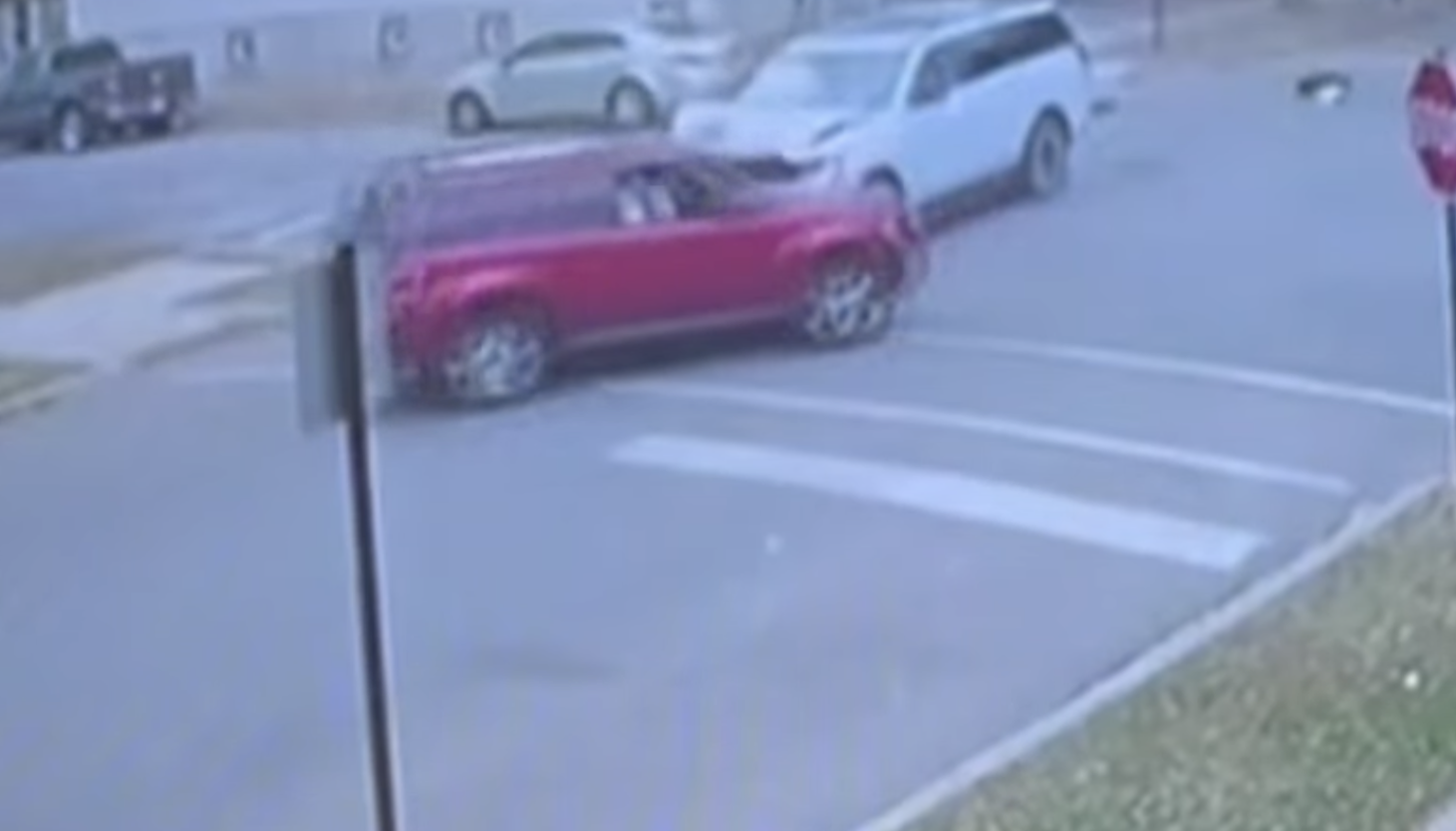Border Patrol agents intentionally rammed their vehicle into an SUV they were pursuing on Chicago’s Southeast Side Tuesday, causing the car to spin and crash.
The maneuver, known as a precision immobilization technique, or PIT, is a driving tactic used by some law enforcement agencies to end a vehicle pursuit.
However, some law enforcement professionals and legal experts say the move is ineffective and dangerous. Many police departments across the country, including the Chicago Police Department, bar or limit their officers’ use of the maneuver.
The crash Tuesday was met with an angry response from community members, who gathered and protested at the site, leading to a confrontation with federal officers who used tear gas on the crowd.
The feds’ use of PIT is another example of the aggressive immigration enforcement tactics they brought to Chicago. It also raised questions about the use of the maneuver in the Chicago area. We collected some answers to these questions.
What is a PIT maneuver?
The first step of a PIT maneuver has the law enforcement car match the speed and ride alongside the target vehicle.
The pursuing officer then makes contact with and steers into the rear quarter panel of the fleeing vehicle.
In a successful PIT, the maneuver will cause the target vehicle to spin sideways and stop, ending the pursuit.
But in many instances, especially at faster speeds, the tactic could cause the target to crash into nearby cars, as it did in Chicago Tuesday, or trees, other roadside objects, or passersby.
Is PIT dangerous?
While the PIT maneuver continues to be used by some police departments, there are many documented instances in which the tactic caused crashes and fatalities.
“It is extremely dangerous, and in our experience, officers are rarely trained sufficiently in order to conduct them,” said Lauren Bonds, executive director of the National Police Accountability Project.
Bonds said the maneuver can easily cause the fleeing vehicle to be wrecked, run off the road or flip over, endangering both its occupants and the pursuing officers.
In populated locations, such as residential areas, the maneuver also creates a significant risk to nearby drivers and pedestrians.
According to an investigation by The Washington Post, at least 30 people died, and hundreds were injured, between 2016 and 2020 in incidents where police used PIT.
“Even in situations where it is executed correctly, if the vehicles are going at a high enough speed, there’s still a lot of inherent risk there,” Bonds said.
By comparison, Bonds said alternatives like roadblocks and spike strips could reduce the risk of crashes.
Is PIT legal?
Law enforcement agencies first began using the PIT maneuver in the late 20th century as a way to stop a fleeing vehicle.
But the risks of PIT have prompted many departments to limit the situations in which officers can deploy the maneuver.
The Chicago Police Department bars its officers from causing a collision with another vehicle during a pursuit. More than 70 police departments out of the 142 that spoke to the Post in 2020 also said they will not use the PIT maneuver.
For departments that continue to carry out PIT, many set maximum speed and vehicle restrictions. Some also recommend that officers obtain approval from a supervisor before using the tactic.
The Illinois Law Enforcement Training and Standards Board, which sets policy guidelines for the state’s police agencies, suggests the use of forced stop techniques on vehicles traveling faster than 20 mph requires “legal justification for the use of deadly force.”
Why are immigration authorities using PIT in Chicago?
There is no federal law that governs the use of PIT.
In 2007, the US Supreme Court, in Scott v. Harris, ruled that an officer did not violate the Fourth Amendment when he rammed a suspect’s car in a high-speed chase, causing the suspect to crash and be seriously injured.
US Customs and Border Protection in 2023 banned its agents from using immobilization techniques, including PIT, during pursuits, and Border Patrol stopped training its agents in these driving tactics.
But the agency reversed its stance this year, and training for the techniques resumed, NewsNation reported in May.
The Department of Homeland Security said in a statement Tuesday that federal agents engaged in an “authorized” PIT maneuver. It did not immediately respond to questions about its PIT policy and training.
The agency’s use of PIT has been met with outrage from community members and civil rights advocates. Father a news conference Wednesdayorganizers slammed the feds’ operation on the Southeast Side, describing it as an attempt to terrorize and intimidate the community.
In a statement to the Chicago Sun-Times, Ed Yohnka, spokesperson for the ACLU of Illinois, criticized the agents’ use of PIT.
“The City of Chicago is all too familiar with the danger that high-speed car chases cause for innocent bystanders on our city streets and highways,” Yohnka said. “It is truly aggravating — and truly treacherous — that federal officers who are not from this city are engaging in these reckless enforcement behaviors with little evident concern for the residents of our community.”

اترك تعليقاً